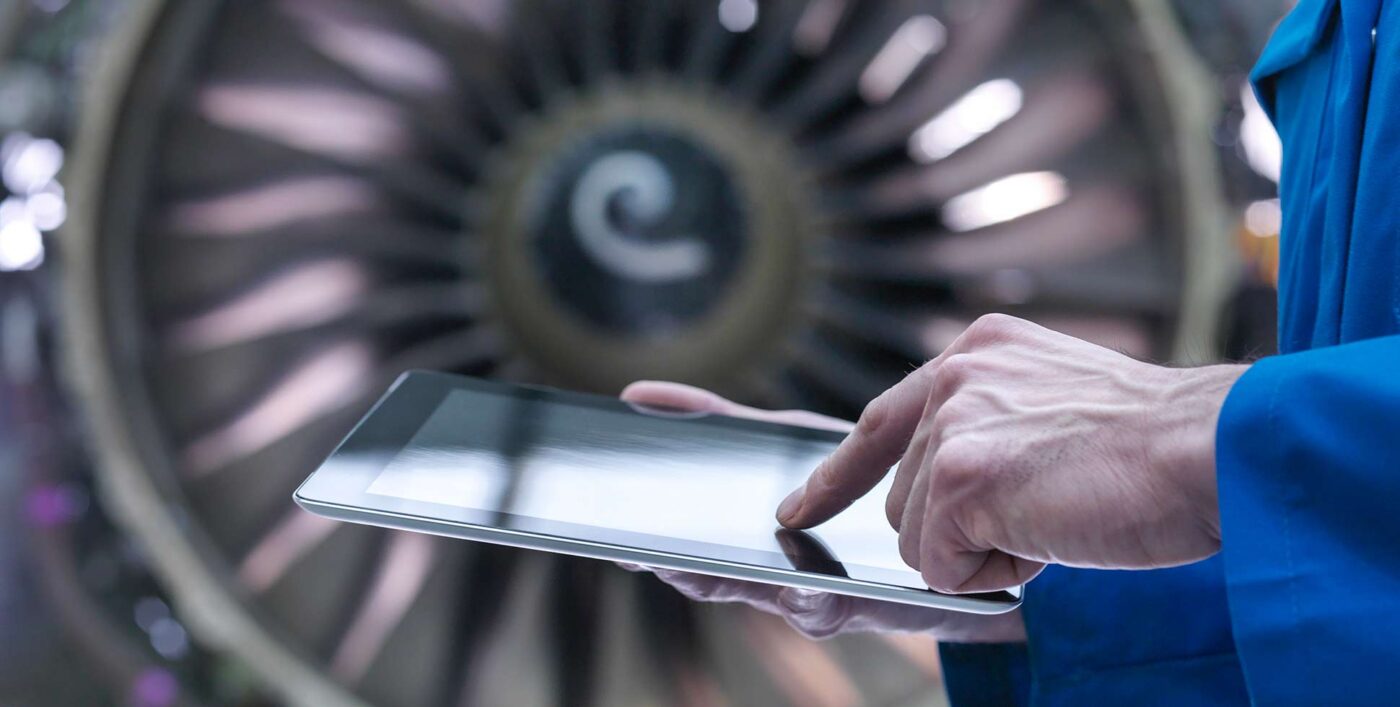What Will be the Breakthrough App for 5G? Time to Place Your Bets

5G is here. But where will its capabilities soar first? Here are my guesses for where the breakthroughs could occur along with factors that might hold it back.
1. Supply Chain
The world’s 5,300+ plus cargo ships carry 90 percent of the world’s freight and can collectively hold 1.97 billion deadweight tons of cargo. 5G—delivered through private networks or secure slices of public networks–can reduce unloading time from four days to two by better orchestrating crane activity among other chores. Over 5,000 ships, that’s 10,000 working days saved.
Plus, the bunker fuel used by ships is some of the dirtiest. Reduced turnaround means reduced emissions. Rotterdam, Tianjin, Singapore, Los Angeles, Antwerp and others are already experimenting with 5G.
Why 5G versus another technology? Two reasons. First, performance. It provides the range, security, bandwidth and security needed. Second, ease of adoption. Microcells and other technology for private networks along with a flood of open source, cloud native software from efforts like Open RAN should help reduce the risk, cost and complexity while improving the ROI.
Downside? The “split responsibility” problem that hampers green building. The city will argue the port owners have to pay for it. Ports will argue with crane owners, etc., etc.
2. The Power Grid
Power grids deliver an essential good to billions of customers around-the-clock in real time. Utilities, however, have limited visibility and even less control over how much power people consume.
5G in conjunction with other wireless protocols will link appliances, buildings, EV chargers, transmission stations and other assets to fine-tune power consumption, i.e. reducing demand during peaks or offering rebates for people that shift energy intensive tasks to evenings. The IEA is calling for 500 GW, the equivalent of 500 power plants of demand response capacity like this by 2050. 5G will also help solar and wind farms reduce downtime and repair costs.
Downside? With blackouts, fires, privacy violations and public safety on the mind, utilities move slow for a reason.
3. Manufacturing
Pumps consume approximately 10 percent of the world’s electricity (more than India) and an industrial pump breakdown can cost $100,000 per hour.
But how many pumps and compressors are linked to provide data feeds for efficiency or predictive maintenance? Only 1 in 24,750, says Omdia’s Alex West. “Real time solutions, enabled by low latency connectivity will be essential for enabling a range of next generation IIoT applications,” he adds.
Downside? Like power grids, this is a brownfield retrofit that will involve inserting modems and microcells into 30-year old plus equipment sets. Manufacturers also move extremely cautiously.
4. Entertainment
At $90.7 billion, mobile gaming now accounts for over half of gaming revenue. (By contrast, movies will rake in only $20.2 billion at the box office.) Likewise, AR seems to be making the transition from booth demo technology to something people will actually use. Check out the 5G services Blu Wireless is trialing with a rail provider in France.
Downside? It’s hard to think of any, but, unlike the others, better performance is less of an out-of-the-blue new experience.
5. Wireless Home Broadband
Not only are traditional carriers such as Verizon and T-Mobile discussing how 5G can compete with traditional broadband, companies like DISH are developing services on the backbone of cloud providers.
Additionally, home broadband can fund the infrastructure for other apps, such as a better grid (#2). Some regional utilities are rolling out internet service to fund their smart meter networks.
Downside? Traffic. The average U.S. broadband household consumes 462 GB per month through 10.31 devices, according to OpenVault. Carriers and equipment vendors will need to figure out ways to deliver service over the more finnicky unlicensed millimeter band segment of the spectrum.
6. The Crash Cart
Qhen healthcare and 5G come up, the conversation often quickly turns to remote surgery. While compelling, remote surgery will take lots of time and testing first.
Instead, 5G in health will have success with a more immediate problem: tracking the so-called crash carts that hold medicines, IVs, and equipment. Private 5G networks provide the reliability, network robustness and speed needed to track assets (and their contents) across a sprawling campus.
Downside: medical technology requires (and rightly so) rigorous approval processes. The path to market could take longer than expected.
7. Insurance
Immersive virtual environments might be more compelling than, let’s say policy exclusions for mildew, mold, and spoilage, but insurers are one of the driving forces behind smart building technologies like water drip detectors—a $13 billion a year problem—and ADAS for cars. They are also promoting better cybersecurity through policy discounts.
Downside: there are more than a few privacy and security issues that would need to be ironed out. Data sharing also would require legislation in many places.
8. Traffic
Before COVID-19, the average driver in the U.S. spent 99 hours a year stuck in traffic, according to INRIX. Parking is just as bad. U.S. drivers lose 17 hours a year looking for spots and 27 percent of us will get in fights over them.
5G and edge analytics give city planners the raw material they need for one-, two- or four-ahead forecasts to help people plan. Apps for air quality or long range planning could be added later.
Downside: smart city projects often get bogged down by split-responsibility, a lack of funds and the very necessary debates over privacy and security. Still, the benefits are enormous.
9. The Digital Divide
Approximately 2.5 billion people still don’t have cell phones and 3.7 billion people aren’t online. 5G brings broadband and connectivity at the same time. Cloudification—the practice of leveraging cloud infrastructure to build out networks—will also lower the amount new capital needed. The Magma Foundation, originally part of Facebook, is developing open source systems for bringing networks to new markets.
Downside: none apparent.
The Foundation for 5G
Read how Arm and its partners are creating the technology and standards for a connected world.
Any re-use permitted for informational and non-commercial or personal use only.












